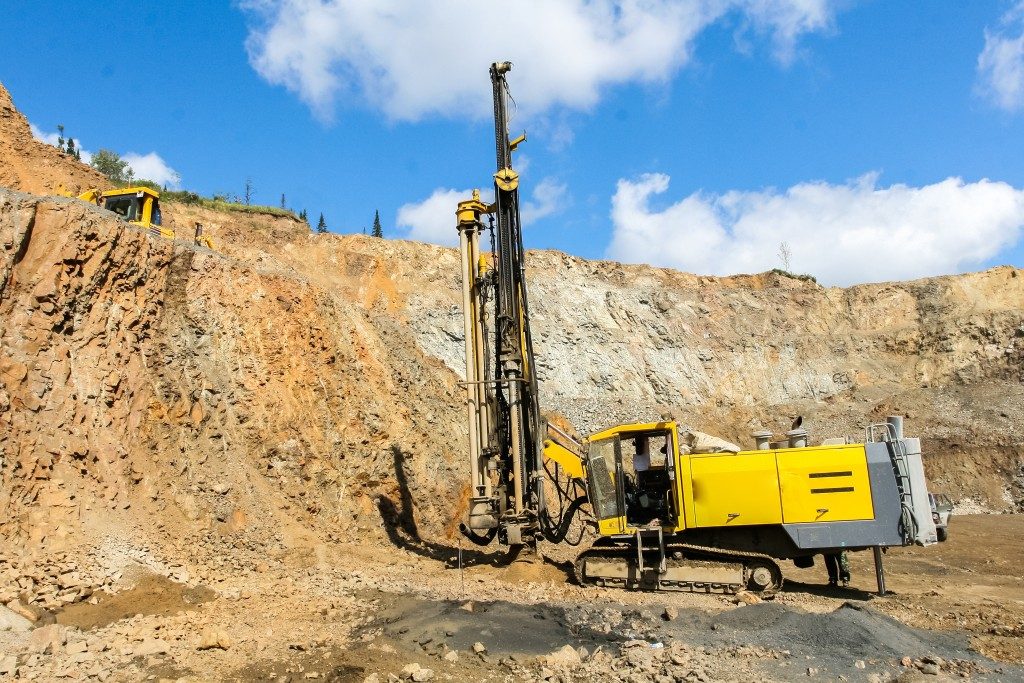Have you ever heard anyone use the term “solid as a rock” in a negative manner? It is usually a depiction of someone or something capable of withstanding numerous hits and falls. However, people unfamiliar with the drilling or construction industry may only have more questions than answers. What category of rock is it? Shale and carbonates are just examples of rocks that drilling teams come across in the course of their jobs. Given the numerous drilling components available including the casing shoe, it pays to select the appropriate equipment for success in countering hole-diameter, rock type and such factors.
How does a rock drill work?
Contrary to widespread belief, a rock drill never cuts rock. It uses a combination of various mechanisms to find way a through even the hardest rocks. The four mechanisms are impact, feed force, rotation, and flushing. Impact is attributed to the up and down movement of a piston. During the return stroke, the drill moves in the anticlockwise direction, thus achieving the desired rotation.
The feed force is the parameter behind the penetration capacity of the drilling equipment. Flushing using water or air promotes this capacity. The rock drill is just one of the many components of a drilling setup. Examples of othercomponents are the drill bit, casing shoe, feed equipment and supports.
What is a pneumatic rock drill?
This is one of the most popular types of drill in the construction and diamond drilling industries. As a technology that emerged in the 1900s, pneumatic drilling has evolved a lot, but the basics remain. Compressed air is fed to the equipment, which does the rest. Apart from the drill, this setup contains valves and the compressor.
What is a hydraulic rock drill?
Equally important to the industry is this version, which relies on the power of a compressed hydraulic fluid. Its major parts are the shock piston, parameters control, striking piston and rotating motor. It also has a drill adaptor and the gears. It is also common in drilling sites.
What is an electric rock drill?

Perhaps not as popular as the first two, the electric drill is a relatively new entrant into the field. One of the reasons many projects shy from using this option is the cost of the technology, especially the repairs. This is not to say the drill does not have advantages as compared to the other options. For instance, it requires minimal and less expensive installation.
Which is the best drill?
A few decades ago, there was no dispute about the advantage of one drill over the other. For impressive power-to-size ratio, people went for hydraulic rock drills. Strength was associated with pneumatics while versatility was commonly associated with electric drills. Technology has closed these gaps, as all the systems have developed significantly. The environment has advanced so much now that the option of combining all the technologies appears to be the optimal one.
Are you stuck in the midst of the different rock drilling technologies? Get in touch with a team that is renowned for excellent diamond products in the diamond drilling and construction industries and everything will be clearer.
Resources
https://sciencing.com/oil-gas-are-found-in-what-kind-of-rocks-12731055.html
http://blog.fordia.com/blog/a-primer-on-casing-shoes-and-crown-shoes-in-diamond-driling

